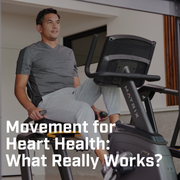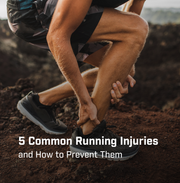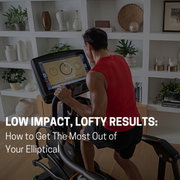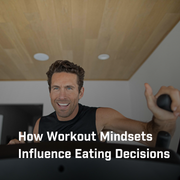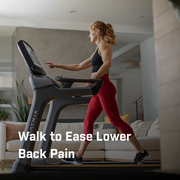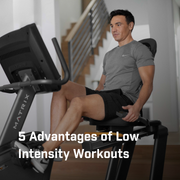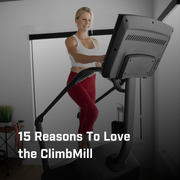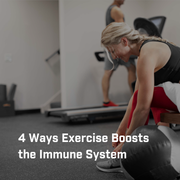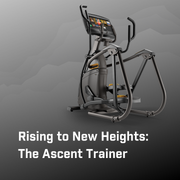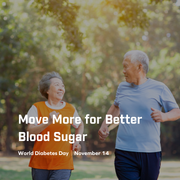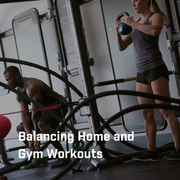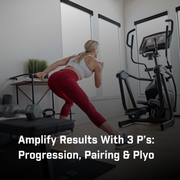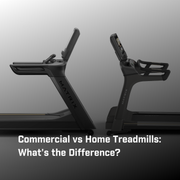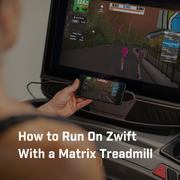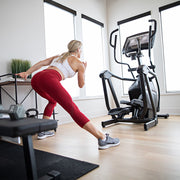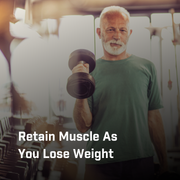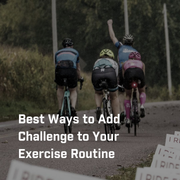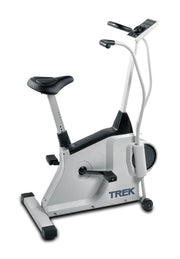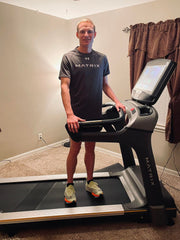In the US, one in three adults has been encouraged to exercise by their physician. One reason we fail to adopt an active lifestyle is the anticipation of pain or discomfort that comes with tough workouts. Intense exercise can cause sensations of pain in working muscles. Muscle soreness can last one to three days and is common for those trying new activities.
Our muscles gain strength through repeated rounds of microtrauma, or small amounts of damage. During the recovery time between workouts, our muscles use the protein we eat to rebuild stronger. The repeated process of damage and growth helps to explain the logic behind “No Pain, No Gain” … But is pain really necessary for gains in health and strength?

Under Pressure
Many physicians encourage exercise as a lifestyle intervention for high blood pressure. Almost half of US adults have high blood pressure, and most do not have their blood pressure under control. New research emphasizes that non-painful exercise intensities significantly improve blood pressure. Even bouts of exercise under ten minutes can reduce blood pressure. This includes low-intensity movements such as walking, and at a comfortable pace that allows for conversation.
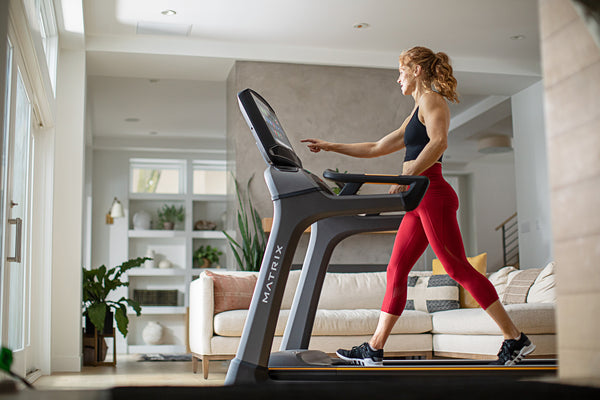
Heart Health
Painful workouts do not appear to be necessary for cardiovascular improvements. Compared to inactive individuals, a total of only 1 hour per week of accumulated exercise was enough for lower rates of heart disease, regardless of intensity. Even very small “doses” of exercise offer heart health benefits. One study followed almost 80-thousand nurses to see how activity level impacted heart health. Those who walked regularly had similar heart disease risks as those who exercised at a vigorous intensity. This doesn’t mean tougher workouts lacked value! It does suggest, however, that all levels of intensity improve heart health compared to a sedentary lifestyle.

Muscle and Strength
Studies mentioned above were in middle-aged individuals, but other research has tested no pain no gain in young adults. This helps us understand whether age is a factor in whether we need intense workouts to realize health benefits.
One study tested whether muscle damage and soreness was crucial for muscle growth and strength gains. Those who were new to exercise required a very gradual increase in resistance to avoid pain. Over several weeks, the new lifters progressed their strength and muscle size while keeping the intensity relatively low for every workout. The pain and soreness symptoms of muscle damage were virtually absent because of the gradual progression. The authors concluded that “muscle hypertrophy [growth] can occur independent of any symptom of muscle damage."
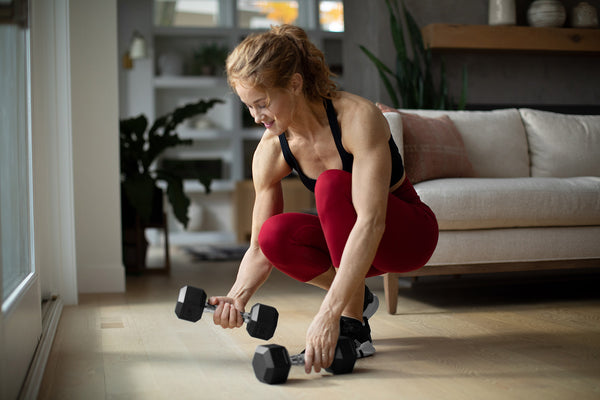
With repeated workouts that are only slightly more challenging than the last, strength and mass gains are possible. Other studies in young and frail elderly individuals provide additional support for this slow-but-effective strategy. Mildly effortful movements are effective ways to gain physical capacity, regardless of age.
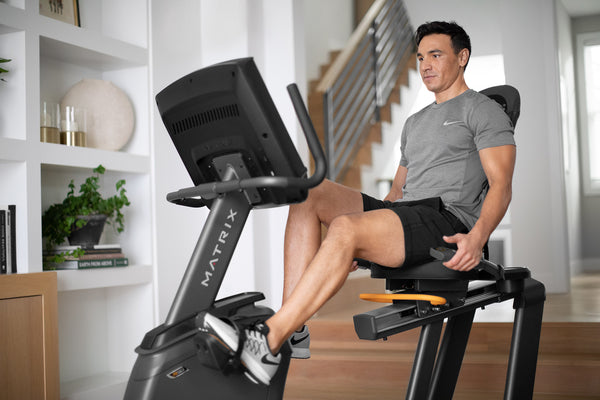
Prioritize Pain-free Movement
Together, these studies lend support the idea that pain is optional. Muscle soreness is completely normal, but those who are more pain-averse should not let the anticipation of pain prevent them from exercise!
Some research indicates that a lower anticipation of pain can improve our enthusiasm for physical activity. This may require that some individuals seek out help from physical therapists if they have a significant history of injury. In addition, some may need to be creative in finding lower-impact workout options to avoid joint inflammation.
Despite the challenges of personalizing one’s workout, the health benefits are worth it!
What can you do today to move more?
_______________________________________________________________
About the Author
Karlie Intlekofer, PhD, CNC, CPT, Global Wellness Researcher, Matrix Fitness

As the Global Wellness Researcher at Matrix Fitness, Karlie uses evidence-based practices to develop exercise programming and initiatives to support healthier daily habits. As a neuroscientist specializing in behavior and exercise science, she focuses on the benefits of exercise, nutrition and habit formation for brain health and well-being. Karlie earned her doctorate in Neuroscience and Behavior and bachelor’s degree in Health and Exercise Science.
